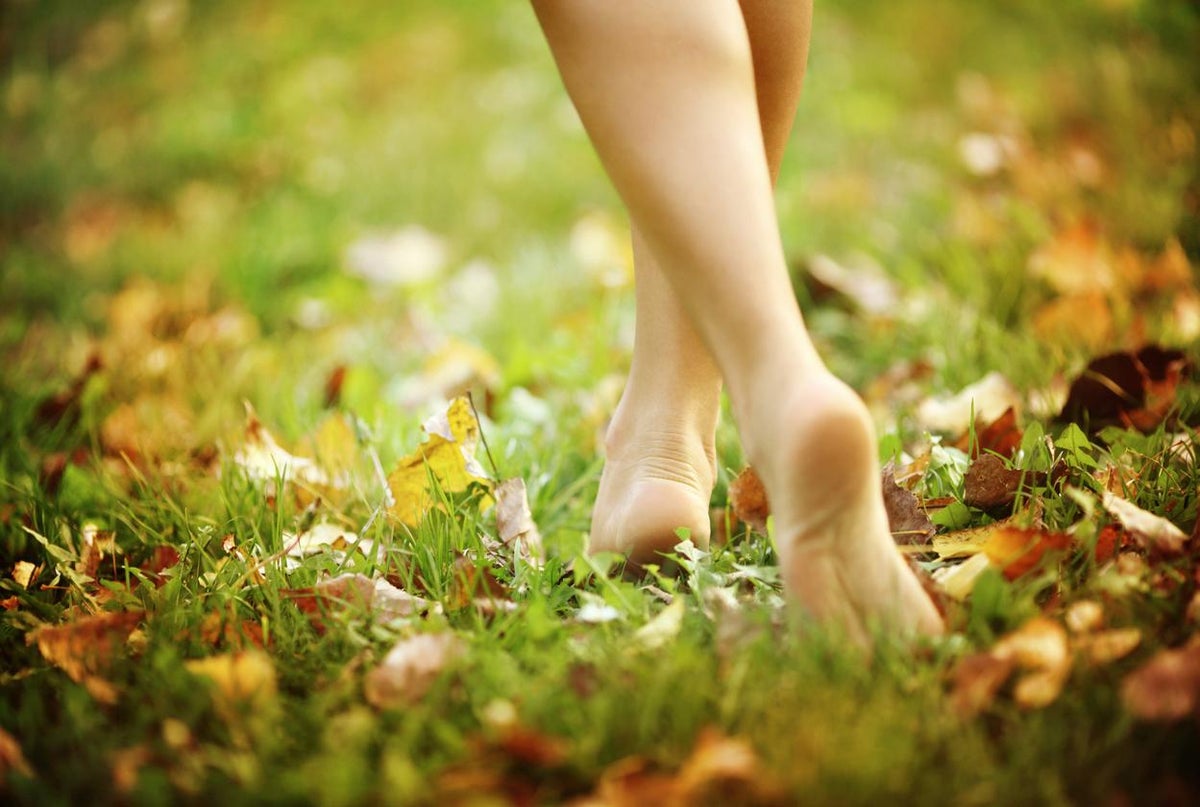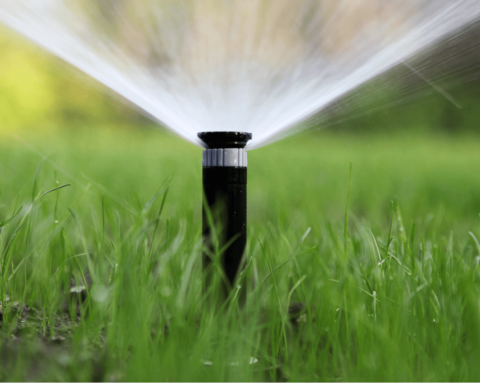Ever wondered why walking barefoot on grass feels so rejuvenating? Across cultures, grounding or earthing practices have long been celebrated for their healing and centering effects. From the indigenous tribes of North America to the ancient traditions of Ayurveda, grounding connects us to the Earth’s natural energy.
I’ve always been fascinated by how different societies incorporate grounding into their daily lives. Whether it’s through rituals, meditation, or simply spending time in nature, these practices offer a profound sense of balance and well-being. Let’s explore how grounding transcends cultural boundaries and discover its universal benefits.
Understanding Grounding
Grounding, also known as earthing, connects your body directly to the Earth, helping balance and stabilize your energy. This practice is ancient, with deep roots in cultures worldwide. These cultures often view grounding as essential for physical health and emotional well-being. Discover a range of grounding products and techniques at The Grounding Co.
Historical Context
Many indigenous cultures have used grounding for centuries. Native American tribes, for instance, perform rituals involving direct contact with the ground, enhancing their spiritual and physical connection to the Earth. In Eastern traditions, practices like Tai Chi and Qigong focus on grounding to channel energy and maintain health.
Scientific Basis
Scientific studies support the benefits of grounding. Research indicates it can reduce inflammation, improve mood, and enhance sleep. A study published in the “Journal of Environmental and Public Health” found that grounding can improve heart rate variability, suggesting stress reduction benefits. Another study highlights the connection between grounding and reduced chronic pain.
Cultural Variations
Grounding practices vary culturally. In Japan, forest bathing, or “Shinrin-Yoku,” involves immersing oneself in nature to achieve grounding. In India, walking barefoot on the ground is a common practice to absorb the Earth’s energy, promoting health and mindfulness. In Africa, traditional dancers often perform barefoot, connecting to the ground to draw energy and strength.
Modern Applications
Today, grounding has gained popularity in holistic health communities. People often walk barefoot in parks or use grounding mats indoors to achieve similar benefits. Integrating these practices into daily life can help manage stress and enhance overall well-being.
Historical Context of Grounding
Grounding practices date back thousands of years. In ancient cultures, humans maintained a close connection with the Earth, which was essential for survival and well-being.
Ancient Egyptian Practices
Ancient Egyptians valued grounding highly. They considered the Earth a source of life and healing. Temples often had earthing practices included in their rituals to draw energy from the ground.
Indigenous Tribes
Native American traditions also emphasized grounding. Many tribes performed ceremonies that included direct contact with the Earth. Rituals often involved walking barefoot or sitting on the ground to connect with nature’s energy.
Eastern Philosophies
Eastern philosophies like Taoism stressed the importance of grounding in maintaining balance. In practices such as Tai Chi and Qigong, movements are designed to root practitioners to the Earth, fostering stability and inner peace.
African Traditions
African cultures often included grounding in their spiritual practices. Communities participated in dance and music rituals performed barefoot on the Earth to strengthen their connection to the natural world.
Greek and Roman Beliefs
Greeks and Romans recognized the Earth’s influence on health and mind. They incorporated grounding in their medical practices, believing the Earth’s energy could restore balance and healing.
Modern Interpretation
Although not as prevalent today, ancient wisdom about grounding has found a place in contemporary wellness. Rediscovered benefits encourage practices such as walking barefoot in parks or using grounding mats at home.
Cultural Variations of Grounding
Various cultures embrace grounding practices to connect with the Earth’s energy. These traditions, differing by region, reflect diverse methods and purposes.
Indigenous Practices
Indigenous communities have long practiced grounding. Native Americans often walk barefoot on natural terrain and hold ceremonies connecting to the land. The Australian Aboriginal tribes engage in “Dreamtime” rituals, involving direct contact with the earth to foster spiritual and physical healing. Each practice reflects a deep respect for nature and its energy.
Eastern Traditions
Eastern cultures also value grounding. In China, Tai Chi incorporates grounding movement and barefoot exercises for energy flow. In India, yoga emphasizes connecting with the ground through postures like Tadasana, enhancing balance and energy connection. Japanese Zen gardens promote meditative walking, connecting the practitioner with nature’s serenity.
Western Approaches
Western cultures have modernized grounding. Nordic traditions emphasize forest bathing, immersing oneself in nature to absorb its energy. Europeans often engage in barefoot walking in parks and beaches for relaxation. In North America, grounding mats simulate Earth’s surface, allowing indoor energy connection. These practices stress managing stress and improving well-being through nature.
Benefits of Grounding
Grounding, also known as earthing, offers numerous advantages for overall well-being. These benefits span both physical and mental health.
Physical Health Benefits
Research indicates grounding can reduce inflammation and pain. Studies published in the Journal of Inflammation Research show that direct contact with the Earth can decrease chronic inflammation, aiding in pain management.
Grounding improves sleep quality. A study in the Journal of Alternative and Complementary Medicine found that participants experienced better sleep and decreased nighttime discomfort when grounded. Additionally, grounding positively affects body metrics. Health practitioners have documented improvements in blood viscosity and heart rate variability, enhancing cardiovascular health.
Mental Health Benefits
Direct connection with the Earth supports mood stabilization. Research from the Journal of Environmental and Public Health demonstrates that grounding reduces cortisol levels, helping manage stress and anxiety. Enhanced mental clarity and focus are also reported outcomes.
Grounding practices help with emotional balance. Experiences among individuals practicing Tai Chi and yoga indicate significant improvements in emotional well-being. Grounding activities reduce symptoms of depression and anxiety by fostering a deeper sense of calm and relaxation.
Modern Applications and Adaptations
Modern interest in grounding has surged, leading to extensive research and the development of various techniques. Both scientific evidence and practical applications illustrate grounding’s current relevance.
Scientific Research
Scientists have investigated grounding’s health effects, producing compelling findings. Studies demonstrate that grounding reduces inflammation and enhances sleep (Oschman et al., 2015). Grounded subjects show improved mood and lower stress levels (Chevalier et al., 2012). Additional research indicates grounding’s potential in regulating cortisol, the stress hormone. These studies underscore the physiological and psychological benefits of grounding practices.
Popular Grounding Techniques
Contemporary grounding methods vary, offering individuals numerous ways to connect with the Earth.
- Walking Barefoot: One of the simplest techniques involves walking barefoot on natural surfaces like grass, sand, or soil. This direct contact with the Earth facilitates electron transfer, balancing bodily energy.
- Grounding Mats and Sheets: These products mimic the experience of being directly on the ground. People use these conductive mats and sheets indoors to stay grounded while sleeping or working.
- Yoga and Tai Chi: These mindfulness practices integrate grounding principles. Techniques like standing postures in yoga align the body with the Earth’s energy, promoting both physical stability and mental tranquility.
- Gardening: Engaging in gardening provides physical connection with the Earth. Handling soil and plants fosters grounding, making gardening a beneficial activity for maintaining balance.
- Swimming in Natural Waters: Swimming in oceans, lakes, and rivers also grounds the body. Water, a conductive medium, allows for the transfer of Earth’s electrons to the body.
These methods, rooted in both ancient practices and modern adaptations, demonstrate grounding’s extensive applicability in today’s health and wellness routines.
- Oschman, J. L., Chevalier, G., & Brown, R. (2015). The effects of grounding (earthing) on inflammation, the immune response, wound healing, and prevention and treatment of chronic inflammatory and autoimmune diseases. Journal of Inflammation Research, 8, 83-96.
- Chevalier, G., Sinatra, S. T., Delany, R. M. (2012). Earthing: Health implications of reconnecting the human body to the Earth’s surface electrons. Journal of Environmental and Public Health, 2012: 291541.
Conclusion
Grounding practices, rooted in ancient traditions, have found a place in modern wellness routines. The blend of historical wisdom and contemporary science underscores their importance in promoting well-being. Whether it’s walking barefoot or using grounding mats the benefits are clear. By incorporating these practices into daily life we can enhance our physical and mental health. Grounding offers a simple yet profound way to reconnect with the Earth and ourselves.
Keep an eye for more latest news & updates on Essential Tribune!








